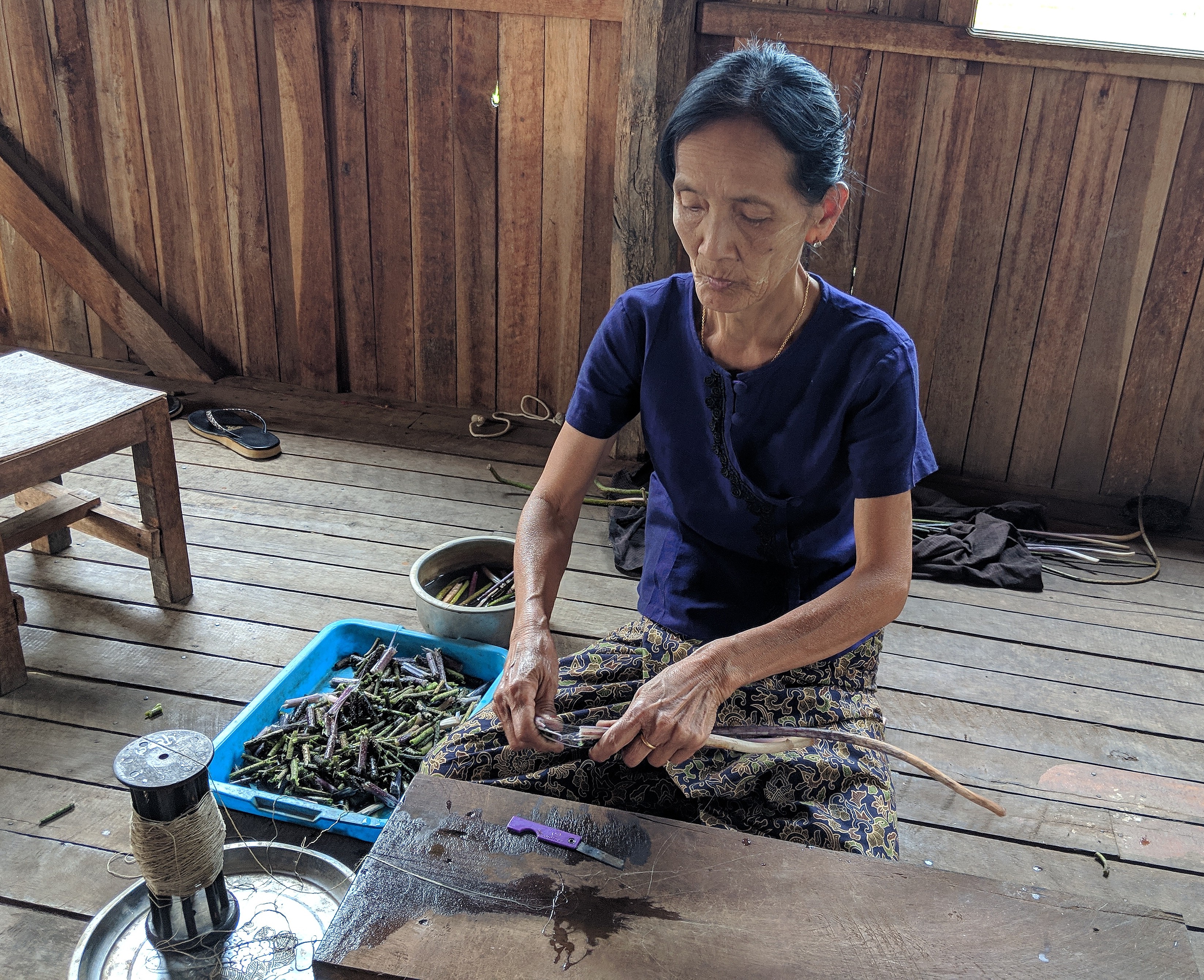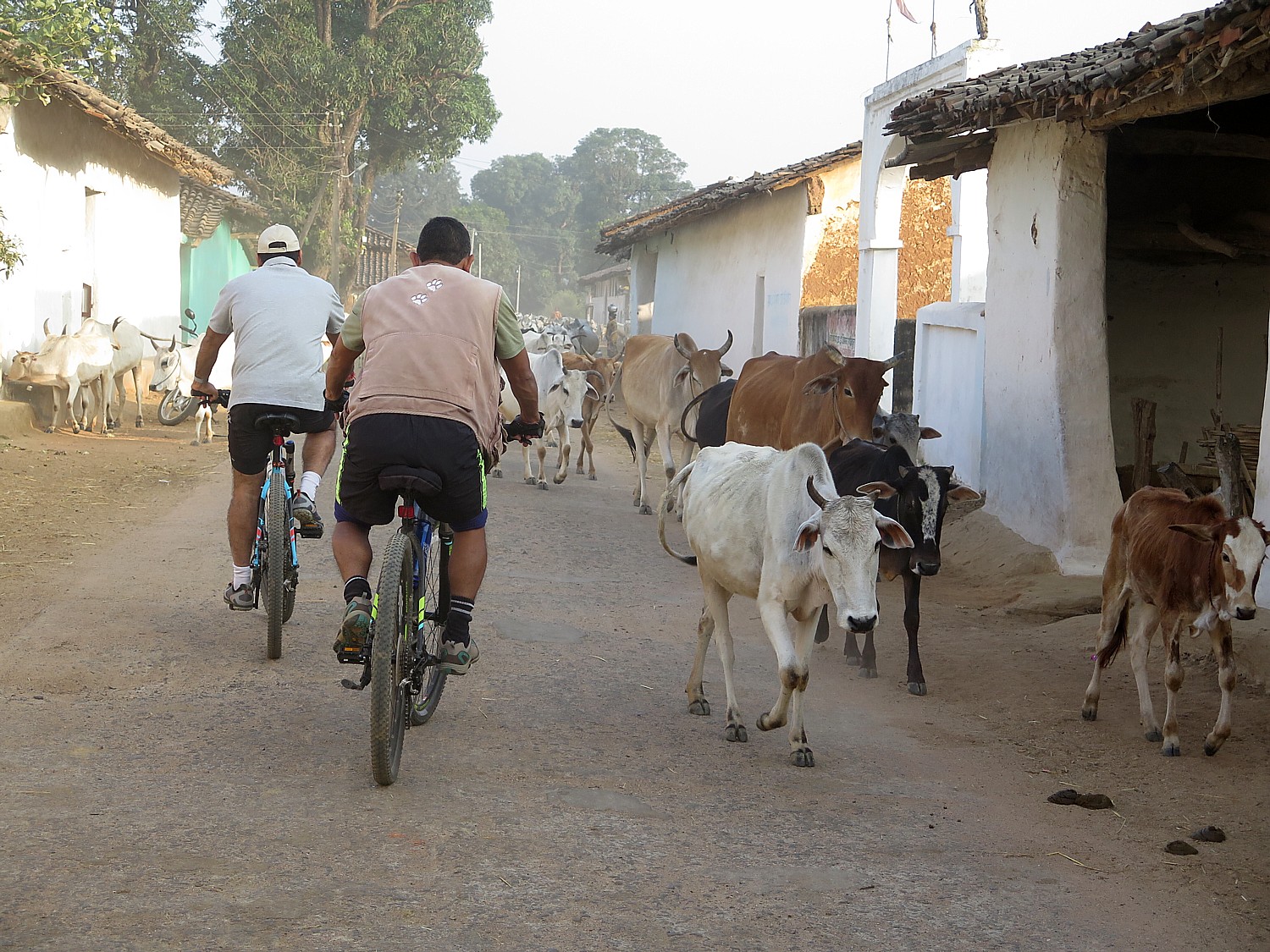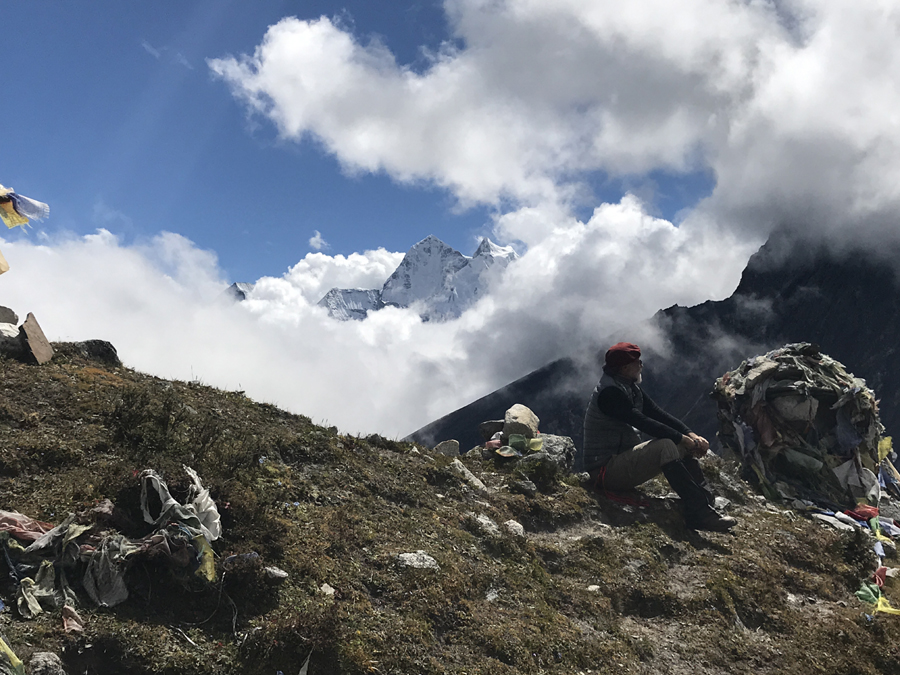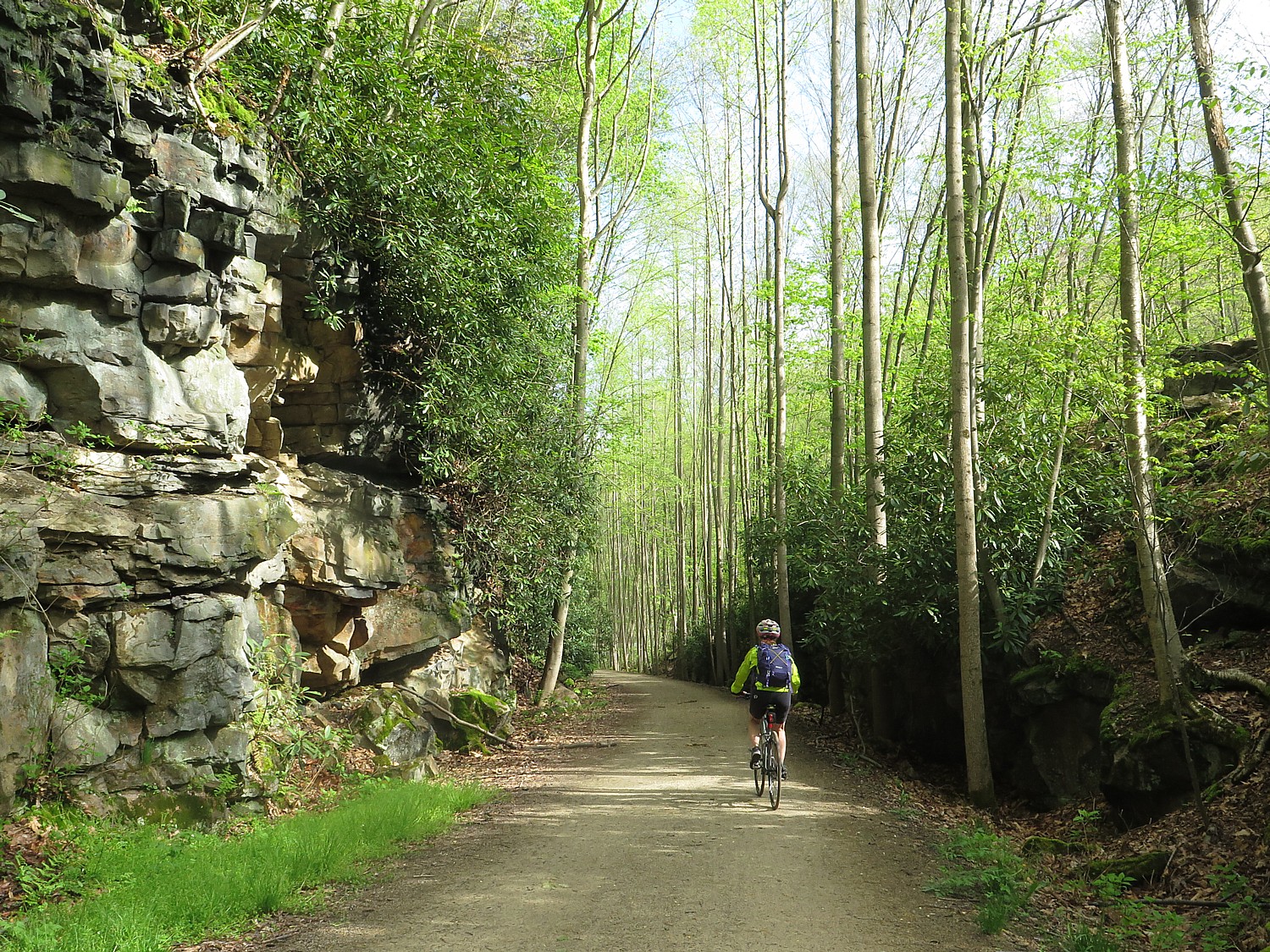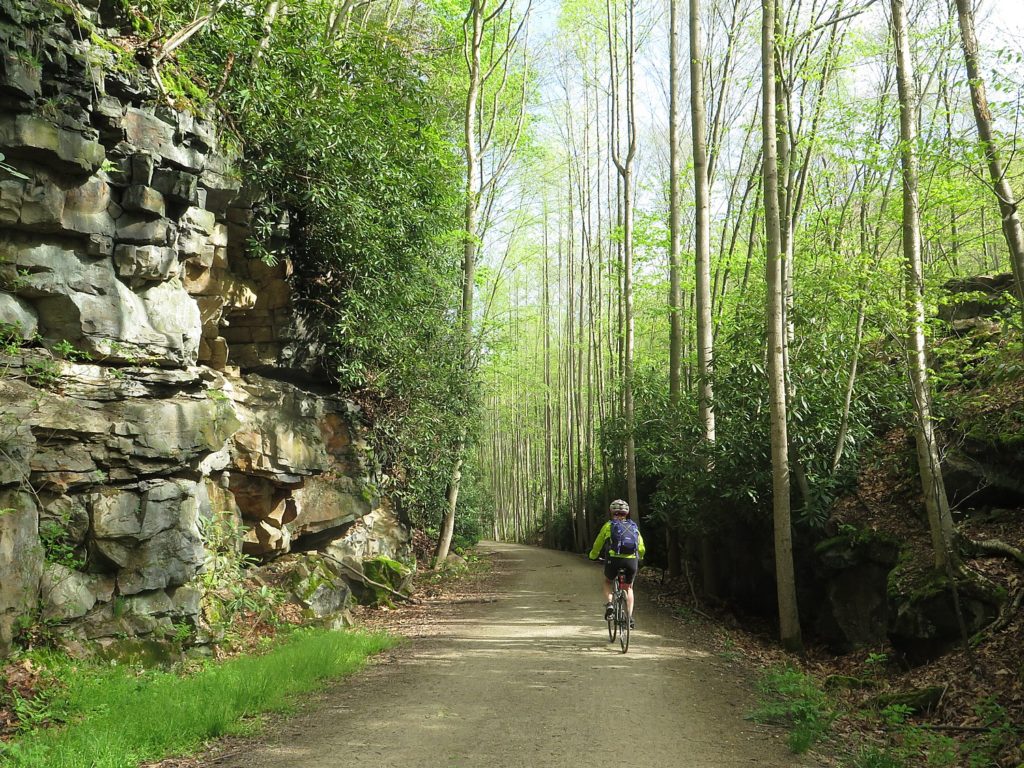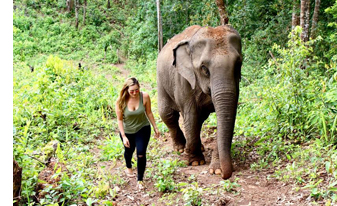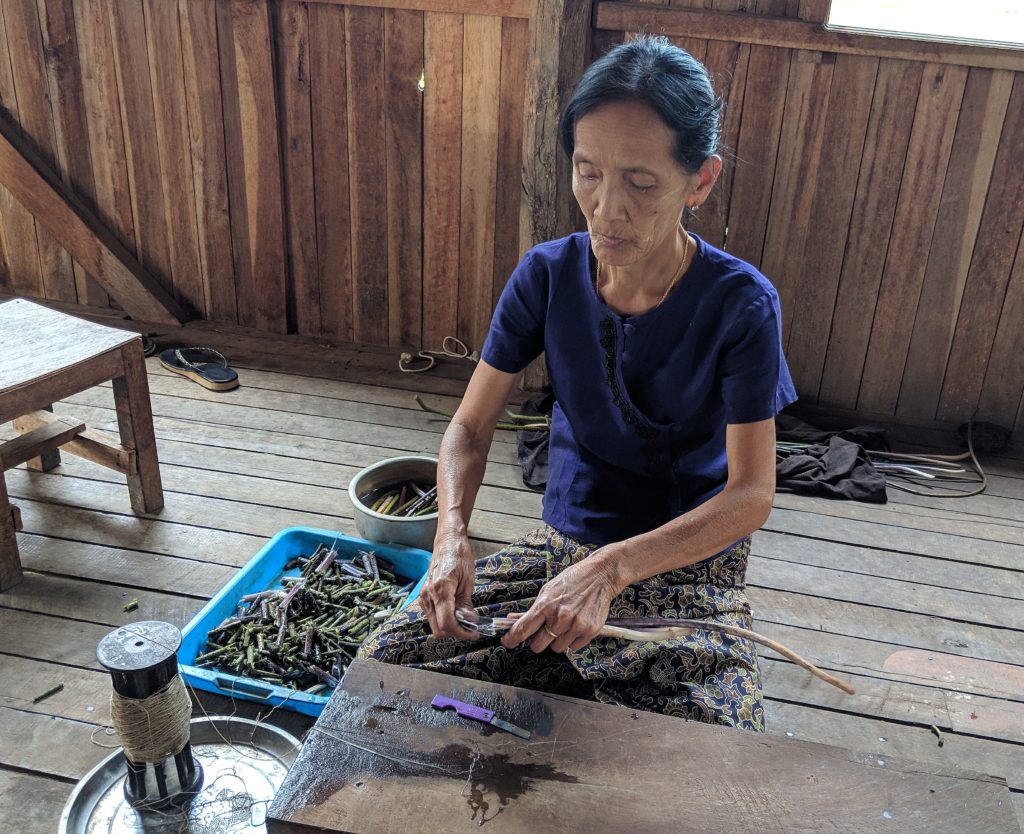
As the 74th United Nations General Assembly gets underway, it is appropriate to be reminded of one of the missions, though the United National World Tourism Organization, to promote international travel. Each year, on September 27, UNWTO commemorates World Tourism Day with celebrations led by UNWTO. Its purpose is to foster awareness among the global community of tourism’s social, cultural, political and economic value and the contribution the sector can make in reaching the Sustainable Development Goals. In 2019, in line with UNWTO’s overarching focus on skills, education and jobs throughout the year, World Tourism Day will be a celebration on the topic ‘Tourism and Jobs: a better future for all’.
This is from the UNWTO website:
Tourism’s role in job creation is often undervalued. This is despite the fact that tourism generates 10% of world jobs and is included in Sustainable Development Goal 8 for its potential to create decent work.
New policies are needed to maximize tourism’s potential to create more and better jobs, especially for women and youth. New policies are also needed to reflect and incorporate ongoing advances in technology.
Policies and actions should be geared towards addressing the current mismatch between tourism skills that are taught and those that tourism employers need.
This requires a holistic approach to the future of work in tourism, with heightened cooperation between all actors, including the public and private sectors.
The Future of Work
Creating and ensuring equitable employment is essential to increasing social inclusion, peace and security. The potential of every economic sector to provide decent jobs should be utilized to its fullest.
The emergence of new technologies has led to the development of new forms of work that are rapidly changing production processes worldwide. This both provides opportunities for, and puts pressure, on existing employment, welfare and education agendas.
According to the International Labour Organisation (ILO), global unemployment remains high, reaching more than 190 million in 2018. All sectors and countries, therefore, need to create the conditions for more and better jobs. Embracing new technology can play a key role in achieving this goal.
Making the new wave of technological breakthroughs as inclusive as possible will require considerable investment in training and skills for life and work. Everyone should have a chance to develop their full potential so as to benefit from the new technological era.
To do this we need to examine the impact of technological change on socioeconomic growth, jobs and inequality. We also need to provide tools and skills to those who are looking for a job and as well as to those whose jobs are at risk of automation.
On the occasion of its centenary in 2019, the ILO released ‘Work for a Brighter Future: Report of the Global Commission on the future of Work’. This landmark report takes note of the forces transforming the world – technology, climate change, demography, globalization – to call for a human-centered agenda for the future of work.
By placing people and the work they do at the centre of economic and social policy and business practice, the path towards growth, equity and sustainability consists of three pillars of action:
Increase investment in people’s capabilities
Increase investment in the institutions of work
Increase investment in decent and sustainable work
Tourism is a leading people-to-people sector, with growth rates outpacing world economic growth and international trade. It is one of the main global export categories and with such a high impact on human workforce, it serves as a natural ally of ILO’s human-centered agenda for the future of work.
Tourism and Jobs
Tourism is a major source of employment because of its labour-intensive nature and the significant multiplier effect on employment in related sectors. It is estimated that one job in the core tourism sector creates about one-and-a-half additional or indirect jobs in the tourism-related economy. Overall tourism accounts for one in ten jobs worldwide.
The ILO estimates that ‘accommodation and restaurants’, together with ‘private sector services’, will create jobs at the fastest rate among all sectors in the economy over the next five years.
Tourism has proven to be a resilient economic activity. In each of the seven years following the global economic crisis of 2010, the number of worldwide international tourist arrivals grew at 4% or above.
Tourism is a contributor to the Sustainable Development Goals (SDGs) as a target in Goals 8, 12 and 14. The sector’s contribution to job creation is specifically recognized in Goal 8, target 8.9. This states: “By 2030, devise and implement policies to promote sustainable tourism that creates jobs and promotes local culture and products”.
Tourism’s voice at the UN level is mirrored in other global development and policy fora. The 26th Ibero-American Summit of Heads of State and Government concluded in November 2018 with a high-level political declaration on sustainable development in which tourism plays a key supporting role. The commitment includes UNWTO as the designated global partner and marks the first time the tourism sector has been featured in a top-level multilateral cooperation agenda.
More recently, the G20 Osaka Leaders’ Declaration from June 2019 singles out tourism’s contribution to global economic growth and inclusive and sustainable development: “Tourism accounts for a significant share of the world’s GDP and is expected to continue to be an important driver of global economic growth. We will work to maximize the sector’s contribution to the creation of quality jobs and entrepreneurship, especially for women and youth and in the creative industry; economic resilience and recovery; the preservation of natural resources through sustainable tourism planning and management; and the achievement of inclusive and sustainable development.”
However, despite representing 10% of the world’s jobs, tourism’s role in employment generation and entrepreneurship is often underestimated and undervalued in policy formulation and implementation.
A mismatch between available qualifications and workplace reality is one of the major factors impacting tourism employment and talent development. The gap between education and skills/knowledge needs, and the resulting shortages of labour with ‘future-proof’ skills, continues to dent economies and harm job creation prospects. Moreover, tourism suffers from important challenges related to attracting and retaining talent and the improvement of working conditions.
Tourism Jobs and the Digital Revolution
Globalization, technological progress and demographic change are trends that, together, have redefined the tourism sector and how it functions. At the heart of our now hyper-connected, hyper-informed world is a digital-led revolution in markets, as well as in the demand for skills and the characteristics of tourism jobs. Recent years have seen the emergence of digital breakthroughs, including new platform tourism services (the so-called sharing or collaborative economy), big data and geo-localization.
Some of the main issues the tourism sector faces in adapting its workforce to the technological revolution are:
The need to review and update outdated legislation and regulation that supports employment, innovation, entrepreneurship and new business models
The low level of awareness and expertise of new technologies and technological trends
A lack of funding to invest in new technologies and training for the jobs needed for the present and future
The lack of cooperation and communication among relevant stakeholders
MSMEs Are Key to Decent Work in Tourism
Micro, Small and Medium Enterprises (MSMEs) are now the major job creators in tourism. OECD/ILO research shows that around half of tourism employees work in enterprises of fewer than 10 people, while around three-quarters work in enterprises of fewer than 50 people.
Tourism MSMEs are also an important source of innovation and economic diversification, helping to shape socioeconomic development in destination countries worldwide.
However, access to finance, prohibiting business regulations and inadequate skills are major constraints faced by all MSMEs including those operating in the tourism sector.
The main challenge related to MSMEs, then, is to create an enabling environment that at once improves their economic prospects, overcomes barriers to decent jobs, and ensures that MSMEs’ economic activities are environmentally sustainable.
Promoting Jobs For All in Tourism – Youth, Women and Rural Communities
The tourism sector employs more women and young people than most other sectors.
Just under half (47%) of people working in tourism in European OECD countries are between 15 and 34 years of age, compared to a third (32%) of workers in the economy as a whole.
In OECD countries, women account for 60% of employment in the tourism sector. This is higher than the share of women employed in the services sector (47%) and in the economy as a whole (43%).
Women play a leading role in tourism entrepreneurship. UNWTO/UNWomen research shows that the global rate of women entrepreneurs in ‘hotels and restaurants’ (36%) is comparatively higher than in all sectors combined (22%).
Furthermore, tourism creates jobs in rural and remote areas, not only directly but also indirectly through the preservation and restoration of traditional activities. Often it is one of the few viable economic sectors in these areas.
The explicit mention of tourism in Goal 8, target 8.9 of the SDGs recognizes its transformational potential on livelihoods and prosperity in rural communities, both through providing access to decent employment and through reviving traditional local industries.
By providing opportunities for women, youth and rural communities in a variety of roles, tourism contributes to several SDG target areas surrounding empowerment of vulnerable groups and more equal and inclusive societies. More inclusion strengthens tourism’s power to unite people across cultures in a celebration of diversity, increasing overall social resilience.
Despite these benefits tourism provides, it must also address serious challenges surrounding employment for all of these groups.
One is a large gender pay gap. In tourism, women are on average paid 20-25% less than male workers for comparable skills. Women are often over-represented in non-standard forms of employment. Women also suffer segregation in terms of access to education and training.
Low-skilled women often find themselves in the most vulnerable jobs, at risk of poor working conditions, inequality of opportunity and treatment, violence, exploitation, stress and sexual harassment.
Temporary and part-time jobs are particularly common among women, young people, and the less-skilled who are employed in tourism. They can often lead to decent work deficits, including inadequate social security coverage, low wages and income inequality, and poor working conditions.
The tourism sector’s variable demand cycle, with irregular working hours and unpredictable shifts, poses additional challenges for those (of any gender) trying to reconcile work and family responsibilities. At the same time, however, this flexibility may also provide opportunities to individuals wanting to combine a job in tourism with another occupation.
A Policy Framework for Decent Tourism Jobs
New policies are needed to maximize the potential of the tourism sector to create more and better jobs, while reducing the risk associated with an increasing skills mismatch.
There is a longstanding tradition of the tourism sector working in isolation from other key economic sectors. The way forward is for a more holistic approach to the future of work in tourism, with clear links to other sectors that are important for economic development.
The major ongoing changes and challenges around tourism employment require a new approach to skills development and education, policies for innovation and job creation.
Policies should:
Encourage the progress of innovation in tourism that fosters job creation and entrepreneurship, particularly among women, youth and rural communities, through;
Establishing tourism innovation centres, incentives and programmes to connect start-ups, leading companies, investors and governments;
Developing research on the changing demand for skills due to the digital revolution;
Creating initiatives that promote innovation and technological skills development in tourism;
Bring together educational institutions, the private sector, governments and technology partners to review educational programmes and help create the skill sets needed for future work opportunities, including soft skills;
Further bridge the gap between available qualifications and workplace skills needed, by supporting opportunities for appropriate industry experience, such as internships or scholarships, along with specialized education and training;
Include technology stakeholders in national tourism policy coordination structures and mechanisms, in order to ensure an holistic approach that accounts for innovation and job creation;
Include tourism as a key sector in both national and multilateral agenda for employment, education and skills creation, and overall economic development, highlighting tourism’s capacity to deliver on the objectives of creating more and better jobs.
Join the celebration: #WTD2019
For more travel features, visit:
goingplacesnearandfar.wordpress.com
www.huffingtonpost.com/author/karen-rubin
travelwritersmagazine.com/TravelFeaturesSyndicate/
goingplacesfarandnear.tumblr.com/
instagram.com/going_places_far_and_near/
‘Like’ us on facebook.com/NewsPhotoFeatures
Twitter: @TravelFeatures
